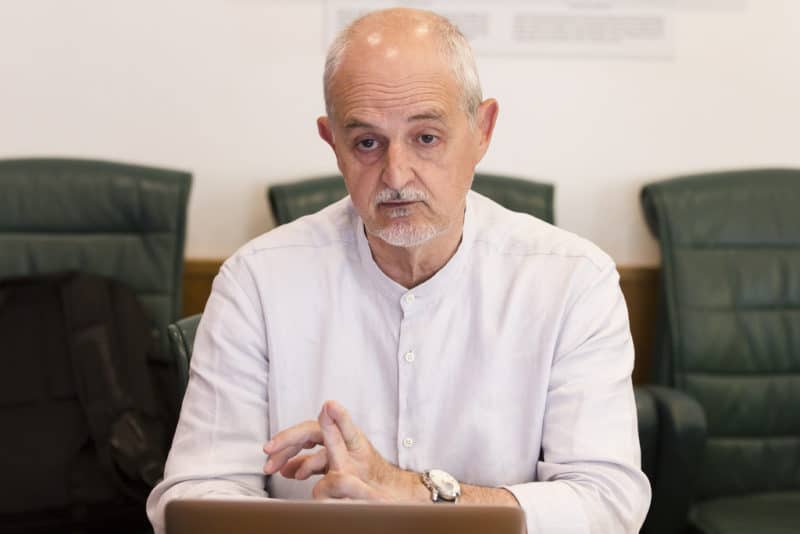Finding solutions to meet the challenge of landscape restoration in Africa, where almost 50 million hectares of land is degraded each year, is a complex challenge requiring an innovative, coordinated, international response, says a top forestry expert who will speak at an upcoming conference in Nairobi.

Over 800 multi-sector stakeholders from across Africa and around the world will meet in Nairobi, along with at least 30,000 people online, at the “Prospects and Opportunities for Restoration in Africa” Global Landscapes Forum (GLF) at UN Environment headquarters in Nairobi from August 29 to 30.
“Africa’s landscape must be restored to ensure the natural resource needs of the continent’s rapidly expanding population will one day be met, but there is no silver bullet,” cautioned Robert Nasi, director general of the Centre for International Forestry Research (CIFOR), co-coordinator of GLF with UN Environment and the World Bank.
The event will highlight many current landscape restoration initiatives and help set the stage for many more, demonstrating how countries are building on political will through actions on the ground to tackle land degradation.
Although annually Africa loses about 2.8 million hectares of forest, an area roughly the size of Saudi Arabia, the continent shows immense potential for landscape restoration. In total, two thirds of the continent’s land mass is degraded, according to World Resources Institute.
“Africa’s population growth protections are one key aspect of the challenge,” said Erik Solheim, executive director of UN Environment, who will speak at the Nairobi event. “Another is that many parts of the world will be looking to Africa for food production. The key challenge is therefore how do you provide for job creation and increased food production, and protect the environment? The answer is of course proper land-use planning.”
Local communities have restored more than five million ha of degraded landscapes across the continent, while more than 20 nations have pledged to restore 100 million ha of forest by 2030 through the African Forest Landscape Restoration Initiative (AFR100).
At GLF Nairobi 2018, delegates representing governments, international and grassroots organisations, the financial and private sector, indigenous communities and youth will draw upon these initiatives to pave the way forward in making forest and landscape restoration a reality.
Dialogues will take the shape of discussion forums, plenaries, online webinars and Landscape Talks, similar to TED Talks, while exciting side events, exhibitions and scientific report launches will celebrate Africa’s work in restoration and inspire action across sectors.
The event offers invaluable opportunities for stories and interviews related to restoration and environmental concerns. In addition to Nasi and Solheim, other key speakers include: Wanjira Mathai, chair of the Green Belt Movement; Hindou Ibrahim, National Geographic explorer and advocate for indigenous knowledge and rights; officials from environmental and forestry ministries across Africa, the World Wide Fund for Nature (WWF), the Rainforest Alliance and many more.
